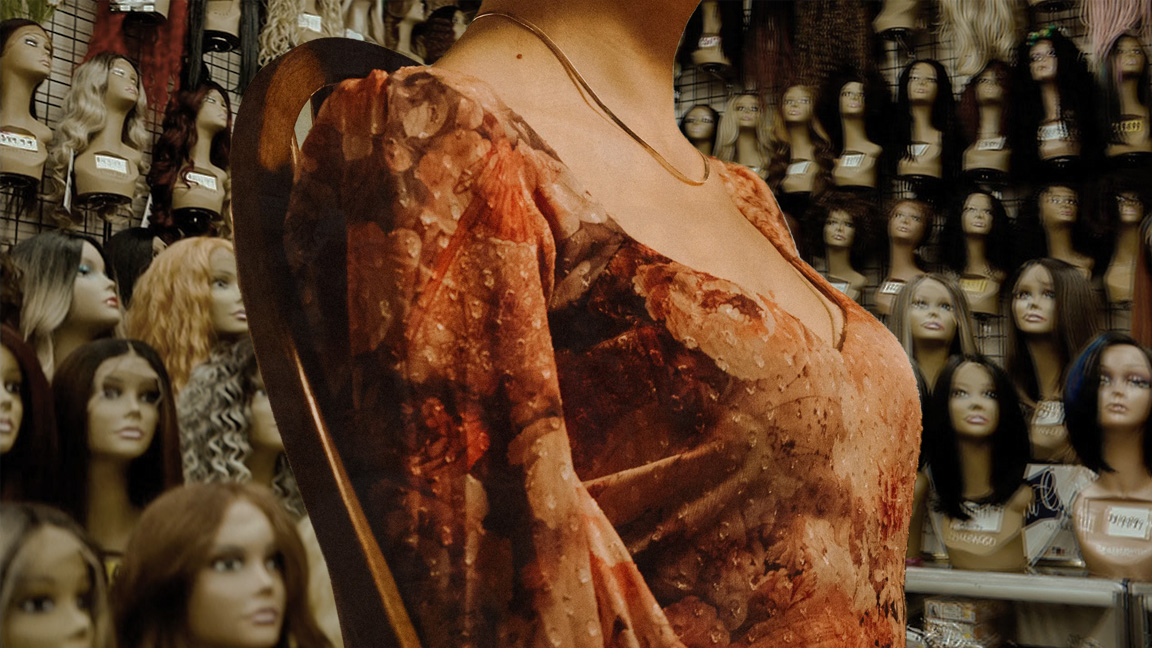On October 14th Hastings, Ontario hosted what is allegedly Canada’s largest late medieval living history experience—The Deed of the Red Knight, a historical re-enactment event that specializes in practical archaeology.
Enthusiasts from all over Canada and America, many organized into re-enactment groups, come together to live in a manner historically accurate to the 1380s. This year, they also combined their Deed of Alms, a tournament style event that raises money for the unhoused in Toronto. They had one-on-one duels, archery contests, and even group combat, where the attendees gathered in two teams for a variety of scenarios.
You don’t need to be willing to spend heaps of time and money to be involved. The means required to be a fully kitted out knight haven’t changed much over the previous seven centuries, but there are other positions available if you want to be involved in the combat. For example, there are archers and light infantry, who seem to enjoy themselves approximately as much as the knights, for a fraction of the cost.
Perhaps combat isn’t your thing. Understandable. I also wouldn’t want to get a pike to face. Among the camp were observers, those who didn’t fight, who also filled some important roles. One thing I found particularly charming was the lack of hierarchy present. Yes, the event organizers would let people know what was planned, and there were captains (who were in practice referees) during the duels, and commanders during the military scenarios. Beyond that, everything simply fell into place. The cooking and washing were done according to a rotating roster amongst group members, the results of each bout were recorded by those who had, coincidentally, brought medieval notary equipment.
The authenticity on display cannot be overstated. Living in era-appropriate tents, eating meals cooked over fire, wearing tunics and hide shoes. The only modern luxury I found were porta potties (not so historically accurate as to shit in the woods) and one group’s miniature kitchen as for health reasons, the participants did not wash their dishes to medieval standards. While talking to the attendees about their apparel and methods, some would excitedly launch into 13th century manuscripts and archaeological finds.
Those in attendance came from many different walks of lives and backgrounds, from authors, to security guards, to PayPal, but one thing united them: Being big ol’ nerds. Admittedly not the kind you’d want to take lunch money from, as most are trained HEMA (historical European martial arts) acolytes, but nerds all the same. Filled to the brim with history degrees and hundreds of years of book dust, they fulfilled most archetypes.
Out of a poll I personally conducted on about a quarter of those present, only one person had never played Dungeons and Dragons, and most of those who I asked played as regularly as possible. As a matter of fact, a sizeable percentage had gotten into medieval re-enactment through DnD or a mix of DnD and fencing. Even the way they duel has a distinctly nerdy point system, agreed on by both parties beforehand, that lays out what counts as a point and what weapons will be used.
Historical re-enactment has more value than simple entertainment and believe me, watching 2 knights club the shit out of each other is plenty entertaining.
Christian Cameron, one of the founders of the event, got into re-enactment to practice experimental archaeology. As an author of medieval fantasy, he wanted to experience actual medieval combat, so he could authentically represent it. The practice is becoming more mainstream, as intellectuals leave their libraries and attempt their theories in person, and this practical approach is reaping many rewards throughout the discipline. Investigations into the building of ancient monuments such as Stonehenge were assisted by in-field experiments to recreate them using tools native to the era.
The Deed of the Red Dragon takes place every October in Hastings, and is a unique must see. They have a market day, where you can purchase medieval themed goods. You can see (and potentially take part in) authentic medieval combat. Nestled in the hills, in an idyllic field, it’s a wonderful sight, and one I’d highly recommend visiting.


.png)


.jpg)


.jpeg)



.jpg)


.jpg)









.png)